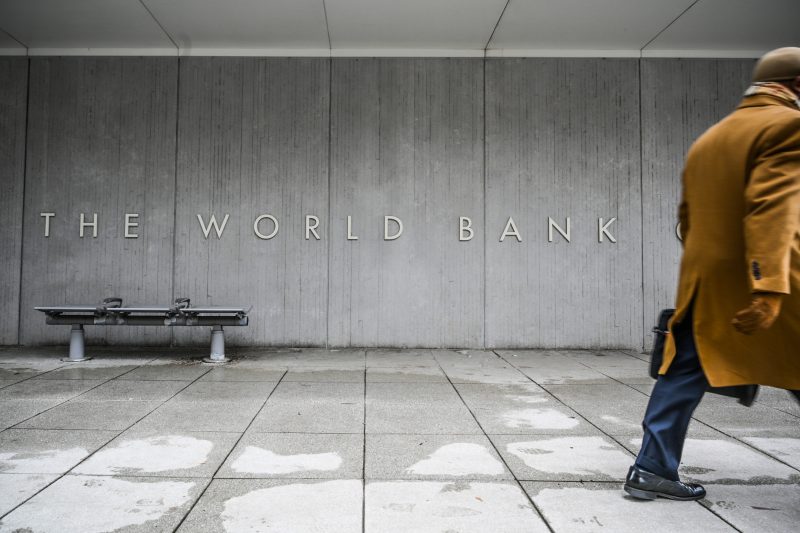World Bank leading the charge on development finance
The United States has by far the largest share of the votes but does not hold a majority (Eric BARADAT)
Washington (AFP) – The World Bank, whose new president is due to be appointed by mid-April, is a global financial organization whose mission is to end extreme poverty by supporting development projects.
Like its sister institution, the International Monetary Fund (IMF), it was created in 1944 at the Bretton Woods Conference held in the aftermath of the war.
Since then, it has financed more than 12,000 development projects through loans and grants, and also provides technical assistance, with a heavy focus on infrastructure, like roads, dams and electrical grids.
The lender has 189 member countries, with more than 10,000 employees and 130 branches around the world.
It has grown from a single institution into a group of five entities, the largest of which are the International Bank for Reconstruction and Development, which lends to middle- and low-income countries, and the International Development Association, which provides concessional loans and grants to the world’s poorest countries.
For fiscal year 2018, IBRD had total outstanding loans of $183.58 billion.
The biggest borrowers last year were India ($3.45 billion), Egypt ($2.18 billion), Indonesia ($1.8 billion), China ($1.78 billion) and Turkey ($1.4 billion).
The largest IDA customers were Ethiopia ($3.12 billion), Bangladesh ($2.99 billion) and Nigeria ($2.59 billion), followed by Pakistan ($1.95 billion) and Kenya ($1.28 billion).
The World Bank Group also includes three units that work in private sector finance:
– The International Finance Corporation (IFC), offers financing for private firms in developing countries.
– The Multilateral Investment Guarantee Agency (MIGA), as its name implies offers investors guarantees against losses associated with non-commercial risks in developing countries.
– The International Center for Settlement of Investment Disputes (ICSID), which provides international tribunal mechanisms to arbitrate investment disputes.
The World Bank says it is “not a bank in the ordinary sense but a unique partnership to reduce poverty and support development.”
It is governed by a board made up of representatives of its 189 member countries. The United States has by far the largest share of the votes but does not hold a majority.
US President Donald Trump’s administration has criticized the World Bank for lending to higher-income countries, especially China, which it says should have “graduated” because, as the second largest economy in the world, it can afford to borrow from financial markets.
Shareholders in April 2018 approved a “historic increase” in capital across World Bank units allowing it to increase lending, after the institution agreed to a US demand to reduce lending and increase interest rates for countries like China.
Disclaimer: This story is published from a syndicated feed. Siliconeer does not assume any liability for the above story. Validity of the above story is for 7 Days from original date of publishing. Content copyright AFP.


